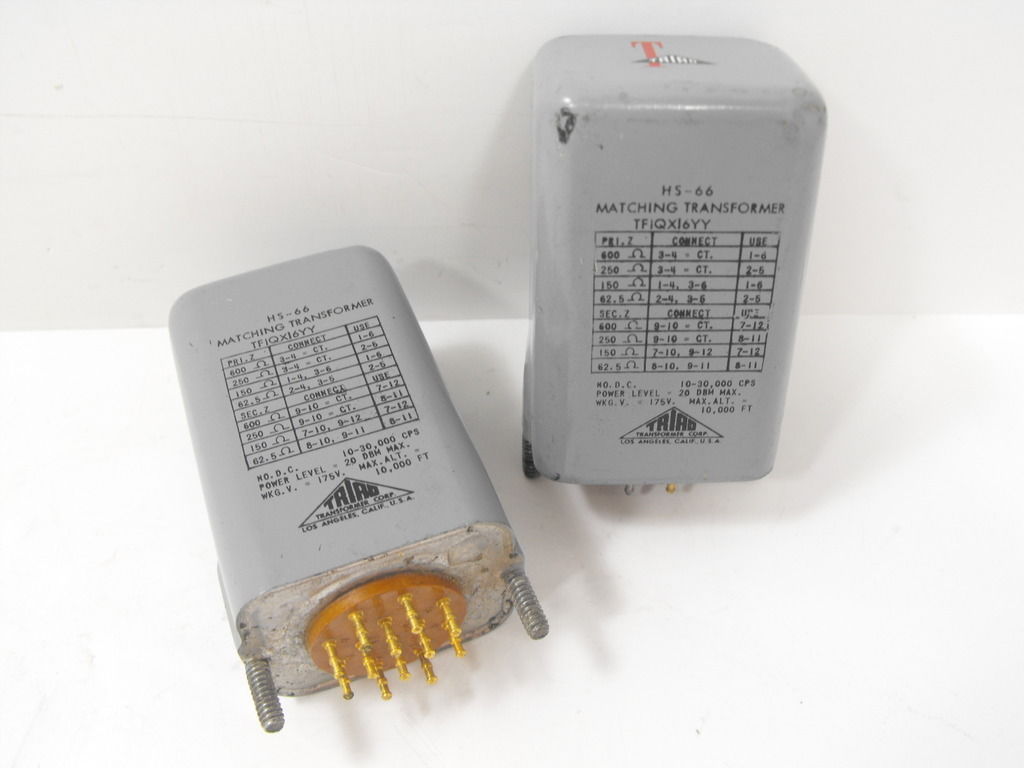Golgoth
Well-known member
Hi guys,
I just read this article on TapeOp and got very excited: http://tapeop.com/tutorials/76/transformers/
Unfortunately I'm kind of a newbie and there is not enough technical informations for me in the article.
What I understand is that all I need is to solder two cables to a transformer right?
Is it doable with any transformer (input transformer, ouput transformer...)?
If anyone of you has done it before or gets the idea (technically speaking) I'd be thankful for any kind of information!
Thank you!
G.
I just read this article on TapeOp and got very excited: http://tapeop.com/tutorials/76/transformers/
Unfortunately I'm kind of a newbie and there is not enough technical informations for me in the article.
What I understand is that all I need is to solder two cables to a transformer right?
Is it doable with any transformer (input transformer, ouput transformer...)?
If anyone of you has done it before or gets the idea (technically speaking) I'd be thankful for any kind of information!
Thank you!
G.





